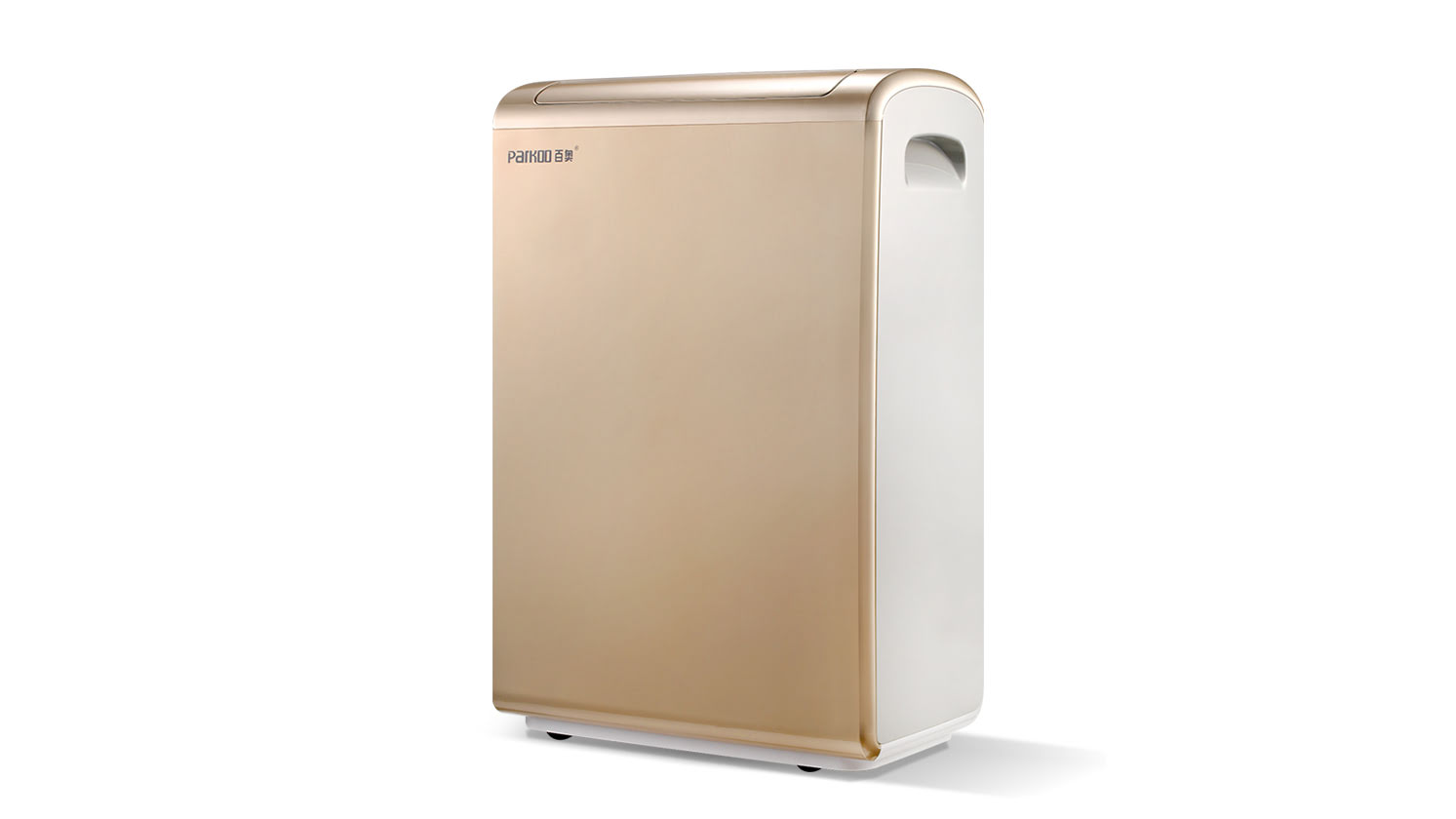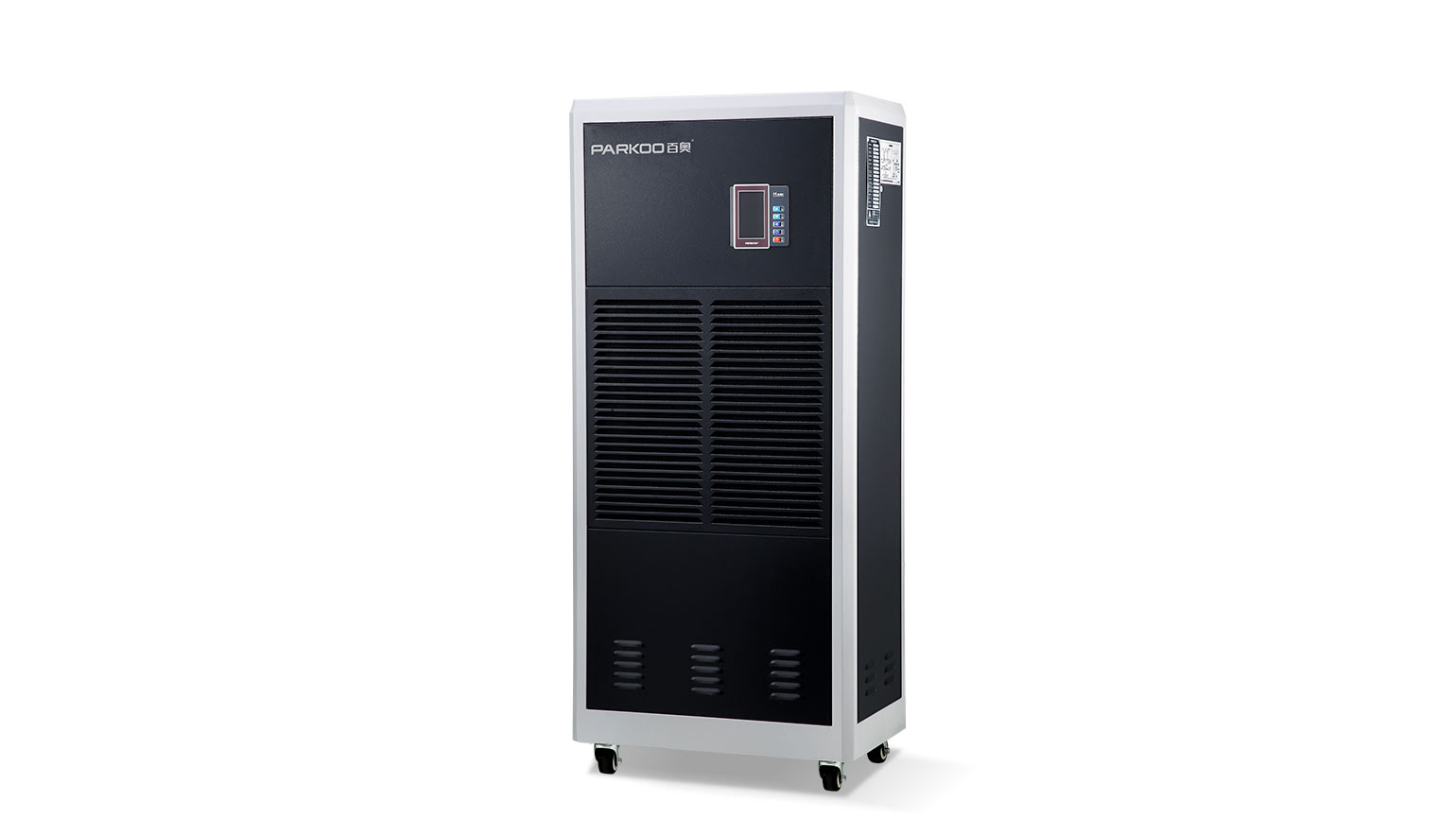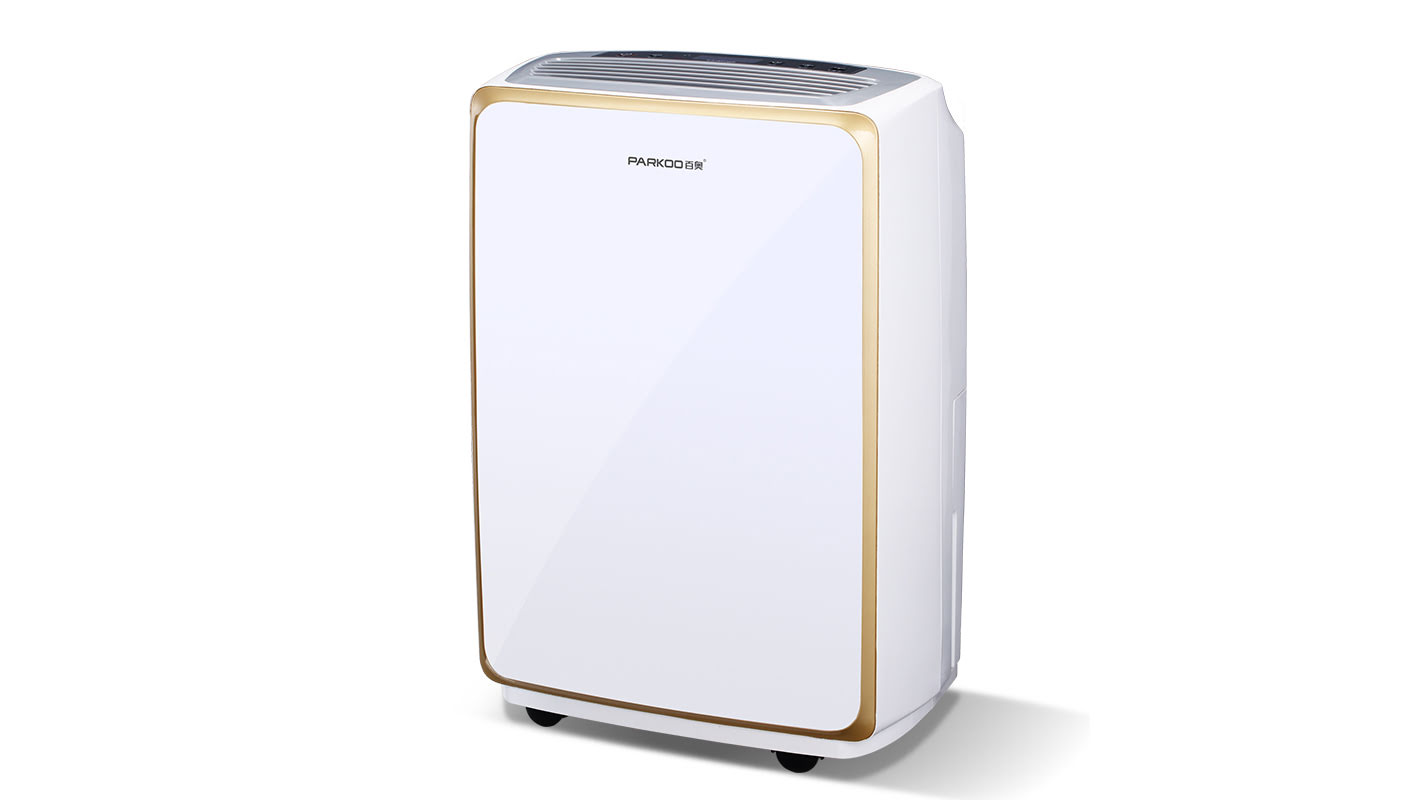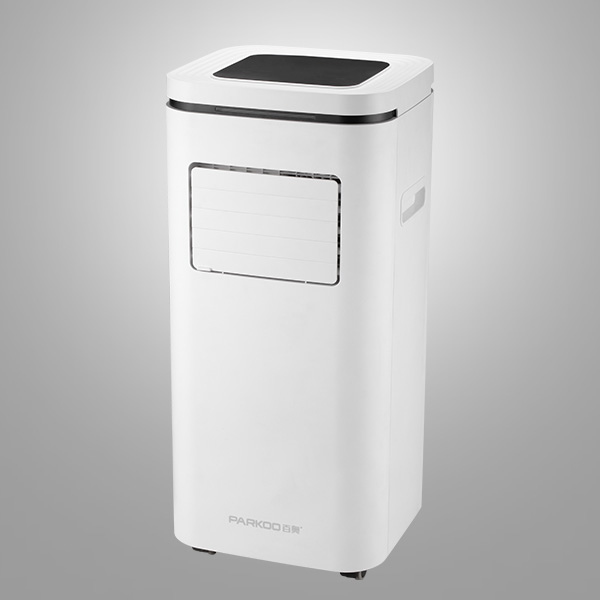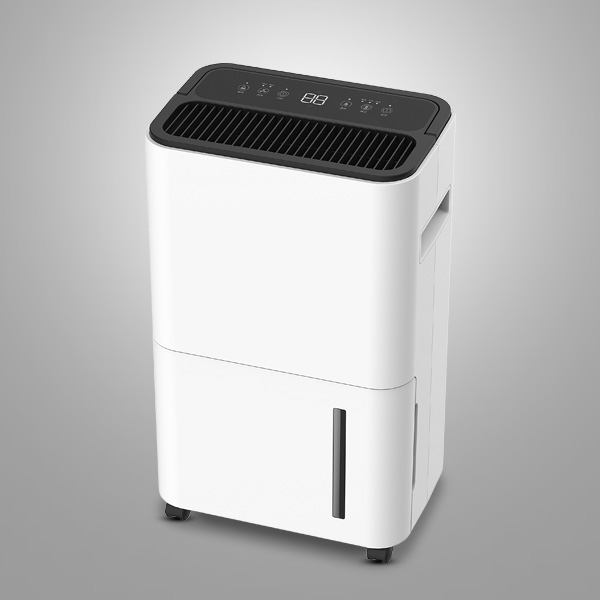# 1: What is humidity and what is the relative humidity When moist air Comes into contact with cold surfaces, it generates humidity. some moisture leaves the air and becomes liquid or condensed. I believe you have seen water collected inside the window or on the windowsill. this happens anywhere: under Walls, attics, Furniture, or Carpets. If you are not aware of condensed moisture or high humidity, it may lead to mold and mold, as well as allergic reactions and damage to the family When we talk about humidity, we Usually say relative humidity. Relative humidity is the maximum amount of water that air can absorb, which depends on the temperature of the air
# 2: What is the Ideal indoor humidity level The humidity at home has a significant impact on health. The ideal relative humidity for health and comfoRT is between 40% and 60%. However, you must be aware that the cold air in winter cannot hold too much moisture. So it is good to Maintain a humidity of no more than 40% in cold winter. In cold winter, high humidity can cause problems with building materials
outdoor humidity
Above 40 ° 45%
Between 30 and 39 40%
Between 20 and 29 35%
Between 10 and 19 30%
Between 0 and 9 25%
Between -1 and -9, 20%
To maintain a perfect humidity range, we recommend Installing a humidity sensor
# 3: How does household humidity control work Several things affect indoor humidity. This includes your home's air circulation and heating/Cooling settings, which you can automate. PARKOO Dehumidifier can do several things and monitor humidity at the same time to make your life easier:
humidity monitoring
In the shopping plaza, a bathroom is located in one corner. It is colder than other rooms, with cold air surrounding from outside. This specific room carries a high risk of humidity damage To Prevent damage, we have installed our temperature and humidity sensor air and integrated it into our smart home. If the humidity in the toiLet is too high, the parkOO Dehumidifier will automatically start ventilation and maintain ventilation until the humidity level is good
Automatic fan control
Our bathroom fans are fully automated. When you enter the bathroom, they will open it. If you take a shower, the fans in the bathroom will Keep it open until the humidity level is OK again
PARKOO Dehumidifier will help you keep the indoor humidity at the Correct level. If you Would like to learn more, please contact us or call us at 400-900-9199




